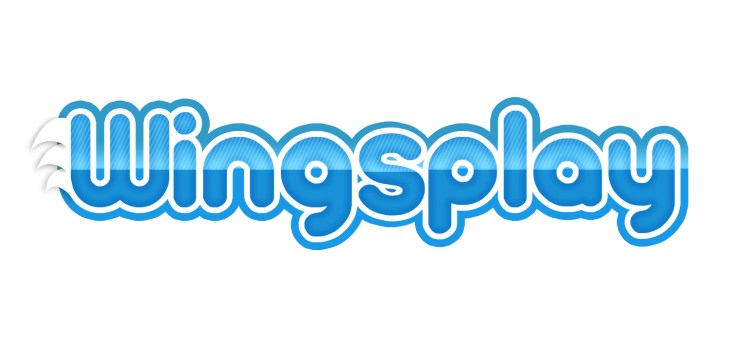If a business creates a fun, potentially viral video, what’s the best way to convince people to share it? Wingsplay has a straightforward idea: Pay them.
So advertisers pay Wingsplay to promote videos that they want to go viral. “Influencers” with accounts on Wingsplay then visit the site to watch the videos. If they like one, they can post a link to the video on Facebook, Twitter, or a blog, along with a personal message and the “#viralad” hashtag (to comply with the FTC’s disclosure requirements, and also so you’re not deceiving your friends). Then the influencers are paid based on every “seed” view of the video that they generate.
Now, paying people to promote things on social networks isn’t entirely new. But unlike Adly, Wingsplay is all about video content, and it’s more focused on influencers than celebrities — in other words, you don’t need to have a big name to participate, just a network of friends who or followers who are likely to repost the content that you share. Founder Olivier Lasry says the average Wingsplay influencer has 1,000 Facebook friends and the same number on connections through Twitter True Reach. (For example, I’m no Charlie Sheen, but Wingsplay says I could earn $2,880 per month from my Twitter account. Big time!)
Lasry says Wingsplay has already completed its first two campaigns — one for NBC promoting the trailer for its show Awake and one for Oxygen promoting its show Brooklyn 11223. In those campaigns, Wingsplay estimates it generated 3.2 free video views for every paid view.
“They honestly exceeded our expectations,” Lasry says. “We did not expect to have as high viral action rates for trailers.”
Fifty-four percent of those views came via Facebook, compared to 37 percent on blogs and 9 percent on Twitter. Only 26 percent of Wingsplay members participated in one of those two campaigns, which may mean (as Lasry argues) that they’re only sharing videos that they genuinely like, rather than sharing anything and everything for the money. An average user who participated in the campaign made $50, Lasry says.
